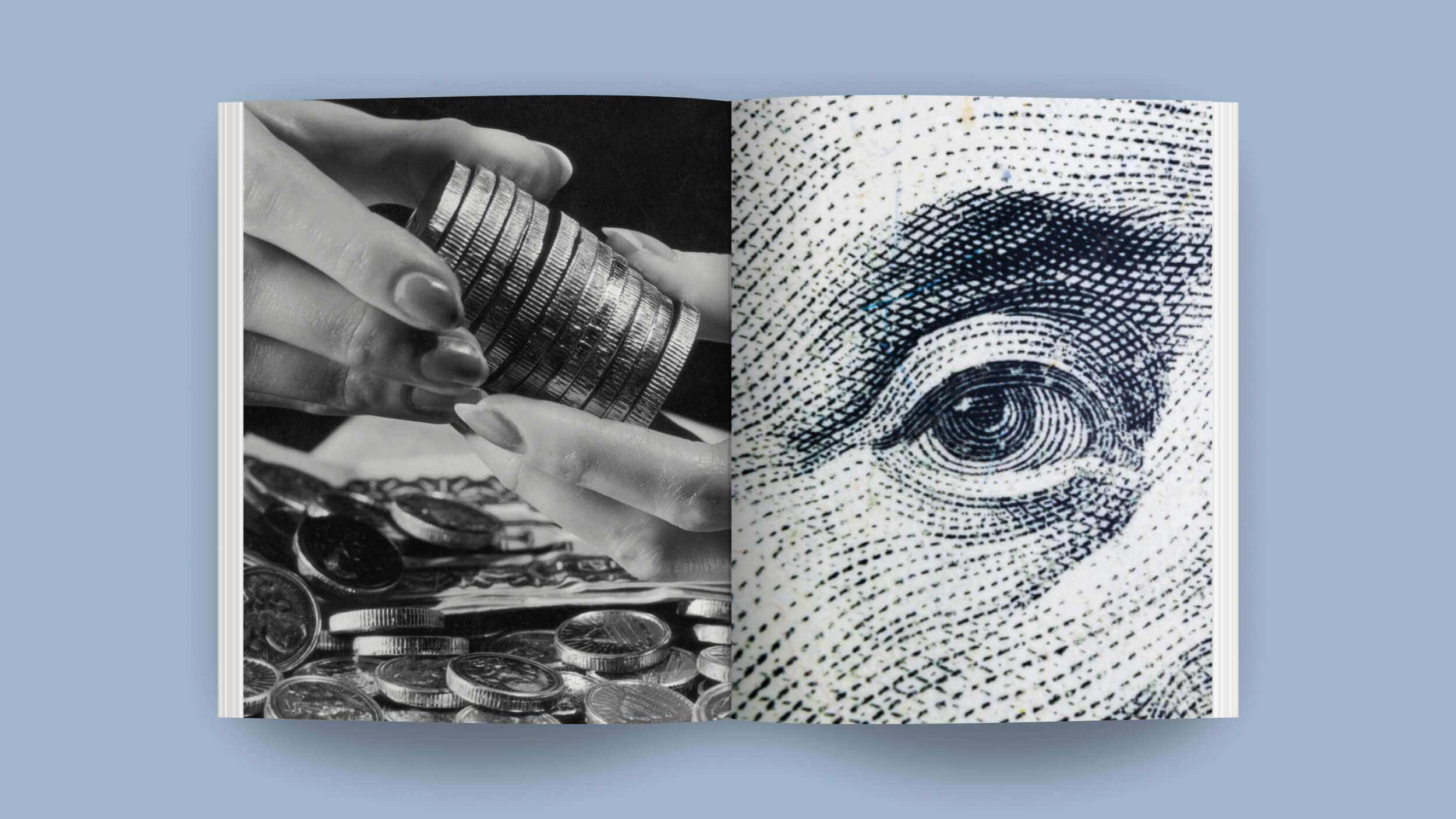What is the future of romantic relationships? Louise Perry, author of The Case Against the Sexual Revolution, explores the possibilities of polyamory as the next sexual minority rights movement. While some proponents argue for legal recognition of their relationships, Perry cautions against rejecting the monogamous model entirely.
Despite the commonality of polygynous mating models in human history, Perry argues that monogamy has proven to be a more stable and peaceful system in society. She cites the “Cinderella effect,” where households with multiple wives are more prone to conflict, and stepparents are more likely to abuse their stepchildren. Perry also traces the historical roots of monogamy to ancient Rome, where sexual ethics were vastly different and cruel, and to the advent of Christianity, which introduced radical and revolutionary ideas about sexuality.
Despite the downsides of Christian views on sexuality, Perry argues that their fundamental tenet of protecting the weak and restraining the strong remains relevant today.
LOUISE PERRY: It seems quite plausible that polyamory is gonna be the next sexual minority rights movement. Currently, of course, marriage is defined in strictly monogamous terms, and there are some polyamorous who said that this is unjust, and that their relationships should be legally acknowledged in the same way that monogamous people's relationships are acknowledged.
It seems quite plausible that polyamory is gonna be the next sexual minority rights movement. Currently, of course, marriage is defined in strictly monogamous terms, and there are some polyamorous who said that this is unjust, and that their relationships should be legally acknowledged in the same way that monogamous people's relationships are acknowledged.
But, I think that there is a risk of rejecting the monogamous model. Proponents of polyamory would say that in our species history, the most common mating model has been the polygynous model: So when you have one male having multiple female partners- that's about 80% of cultures on the anthropological record have been polygynous, and then the remaining 20% have been monogamous. The monogamous model is the unusual one.
We now have very different material conditions in all sorts of ways. We have the pill, we have ways of treating sexually transmitted diseases, we have technologies like the internet, and therefore, why should we be beholden to the mating structures of the past? This is a brave new world with all sorts of new possibilities.
I think the problem with that defense of polyamory is that it overestimates the extent to which we are really capable of controlling our Stone Age brains. Our brains have not kept pace with the technological change that we've seen. We still are basically adapted to the lives of our hunter-gatherer ancestors. That puts a fairly hard limit on the extent to which we can completely design utopia on the back of an envelope.
TV HOST: 'Salt Lake City, Utah, and the home of Dr. R.C. Allred, fundamentalist believer in plural marriage, the practice and preachment of polygamy.'
PERRY: People are free to experiment with all sorts of mating patterns, including polyamory. For some individuals, that's good. In terms of the whole society, though, women and children in particular, the monogamous system is much preferable, for all of its flaws.
TV HOST: 'Monogamous America waits for the answer to the question: How many wives?'
PERRY: Monogamy makes societies more stable, more peaceful, more prosperous. You can compare this quite directly by looking at certain countries which have both monogamous and polygynous systems operating in tandem, and you can see that there are these differences. Households with multiple wives are much more prone to conflict. Stepchildren, in particular, are much more vulnerable to abuse by their stepparents. It's a phenomenon that evolutionary biologists call the "Cinderella effect," described by Stephen Pinker as the single greatest risk factor in child abuse ever identified.
We've inherited our monogamous marriage system from ancient Rome, which is unusual in having a monogamous model. But Roman sexual ethics were wildly different: Roman culture, including sexual culture, were fairly cruel and shocking. In the Roman world, Harvey Weinstein would've been completely unremarkable.
The idea that a rich, high-status man should have sexual access to his social inferiors, in particular his slaves, was completely unquestioned in the era before Christianity. Prostitution was completely permissible. The sexual double-standard was alive and well, and the men were basically allowed to be as promiscuous and unfaithful as they wanted, whereas women were expected to protect their chastity fiercely, and so on.
And into this world, in the A.D. 1st century, comes Christianity with some very radical, very shocking ideas about sexuality. The idea that, yes, women should expect to be chaste but so should men. The expectation that women shouldn't have pre-marital sex- this is also applied to men for the first time ever. Often this was a most unwelcome message to men of the A.D. 1st century, but for all sorts of complex historical reasons, it caught on. And Christian sexual ethics became the dominant force in Europe and the colonies for 2,000 years.
And then in the 1960s and onwards, we end up slowly unraveling the embedded Christian ideas- and we're still on that kind of de-Christianization course.
I think that often feminists make a mistake in assuming that there's a binary between feminist ideas on the one hand and Christian ideas on the other one, and that they are necessarily in conflict. For all of the downsides of the Christian view of men and women and sexuality, also there is this fundamental idea that the weak should be prized and protected, and the strong should restrain themselves; which was radical then, and really remains radical now.
NARRATOR: Get smarter, faster with videos from the world's biggest thinkers. And to learn even more from the world's biggest thinkers, get Big Think+ for your business.







